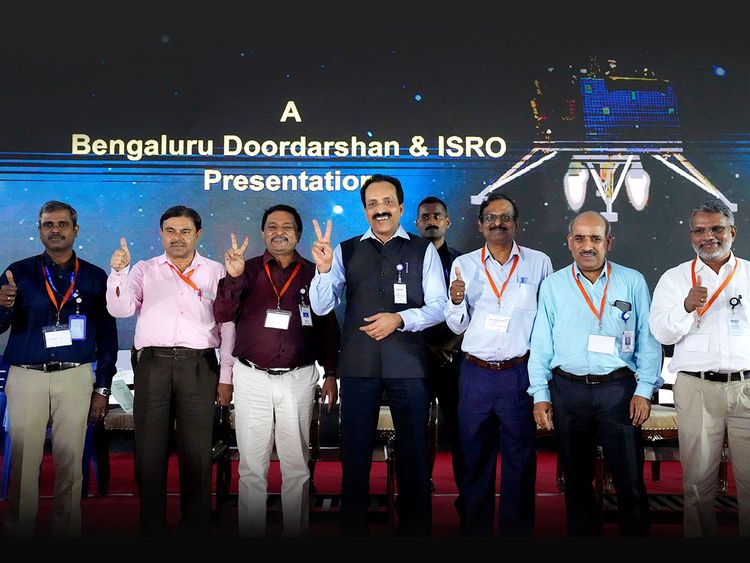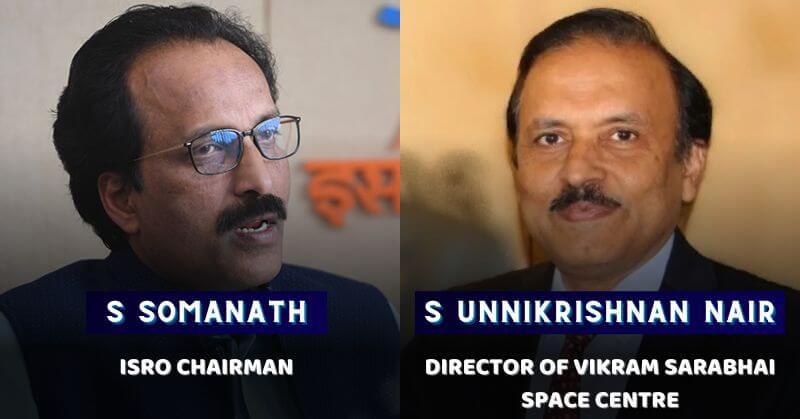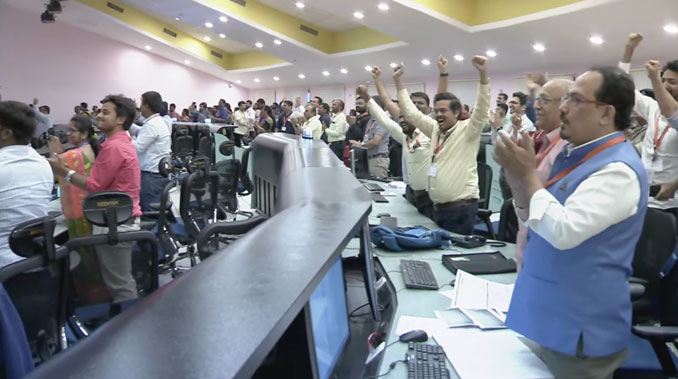Chandrayaan 3 successfully accomplished a soft landing on the moon. This endeavour's success gives India and the Indian people a great sense of pride. India has become the first nation to land on the south pole of the moon today. This is a historic day for India and especially for ISRO.

The Indian Space Research Organisation (ISRO) announced on Friday that the spacecraft had travelled around two-thirds of the trip to the Moon, adding to the joy of Indians around the world. If this mission's soft landing is successful, India will be only the fourth country to do so, following the United States, Russia, and China.
It is India's second attempt to land on the surface of the moon. Chandryaan-2, India's second lunar mission, failed in 2019, with a heartbreaking crash of its lander on the moon's surface. The Chandrayaan-2 orbiter is still in lunar orbit and continues to transmit back data on the moon's atmosphere. Chandrayaan-3 will utilise this knowledge in the present mission.

Chandrayaan 3 will Enhance the Image of India
Chandrayaan-3's success demonstrates India's growing technological strength and persistent commitment to space exploration. India's status as a pioneer in space missions has also strengthened, making it a more enticing partner for international cooperation. The mission of Chandrayaan-3 acts as a motivation for aspiring scientists and engineers in India.
Every Indian ought to be cognizant of the ISRO scientists who contributed significantly to Chandrayaan-3 by working tirelessly day and night.

S Somanath, ISRO Chairman
The brain behind India's ambitious Moon mission is ISRO chief S Somanath. Somanath has also been credited for accelerating ISRO's other missions, including Gaganyaan and Sun-mission Aditya-L1, as per a TOI report. Somanath has also served as the director of the Vikram Sarabhai Space Centre (VSSC) and the Liquid Propulsion Systems Centre — the primary centres for developing rocket technologies for ISRO, before heading India's space organisation.
P Veeramuthuvel, Chandrayaan-3 Project Director
P Veeramuthuvel took charge as the Project Director of Chandrayaan-3 in 2019. Aged about 46 years, he hails from a small family in Tamil Nadu's Villupuram district. PhD holder Veeramuthuvel is an alumnus of the prestigious Indian Institute of Technology, Madras. He succeeds Vanitha, who was the project director of the Chandrayaan-2 mission under the leadership of former ISRO Chief K Sivan. Before this, he had held the position of Deputy Director at the Space Infrastructure Programme Office at ISRO's main office.
S Unnikrishnan Nair, Director of Vikram Sarabhai Space Centre (VSSC)
S Unnikrishnan Nair is the Director of VSSC located in Thumba, Kerala. VSSC was responsible for developing the Geosynchronous Satellite Launch Vehicle (GSLV) Mark-III, now known as Launch Vehicle Mark-III. As the head of VSSC, S Unnikrishnan Nair and his team oversaw various critical aspects of this vital mission.
Mohana Kumar, Mission Director
S Mohana Kumar, a senior scientist from the Vikram Sarabhai Space Centre, is the mission director for Chandrayaan-3. Kumar has worked as the director for the successful commercial launch of the One Web India 2 satellites on board the LVM3-M3 mission. "The LVM3-M4 has once again proved to be the most reliable heavy lift vehicle for Isro. Congratulations to the teamwork of the Isro family," TOI quoted Kumar as saying.
M Sankaran, Director of U R Rao Satellite Centre (URSC)
In 2021, M. Sankaran assumed the role of Director at the U R Rao Satellite Centre (URSC). Sankaran leads the team responsible for crafting satellites that meet India's diverse needs, including communication, navigation, remote sensing, weather forecasting, and planetary exploration. URSC is tasked with designing and constructing all of India's satellites for ISRO.
A Rajarajan, Launch Authorisation Board (LAB) chief
A scientist and director of the Satish Dhawan Space Centre SHAR (SDSC SHAR), Sriharikota, A Rajarajan, is an expert in the area of composites. He was looking after the fruition of solid motor production and launch complex infrastructure to meet ISRO's increased demand for launches, including the Human Space Programme (Gaganyaan) and SSLV. The Launch Authorisation Board (LAB) gives the go-ahead for the launch.
Three alumni of Jamia Millia Islamia (JMI)
Also, Three alumni of Jamia Millia Islamia (JMI) -- Amit Kumar Bhardwaj, Mohmmad Kashif and Areeb Ahmad -- were part of ISRO's Chandrayaan 3 team. Bhardwaj, Kashif and Ahmad completed BTech from the Mechanical Engineering Department, Faculty of Engineering and Technology, JMI in 2019. They had cleared ISRO’s Centralised Recruitment Board 2019 Exam for the post of scientist.
